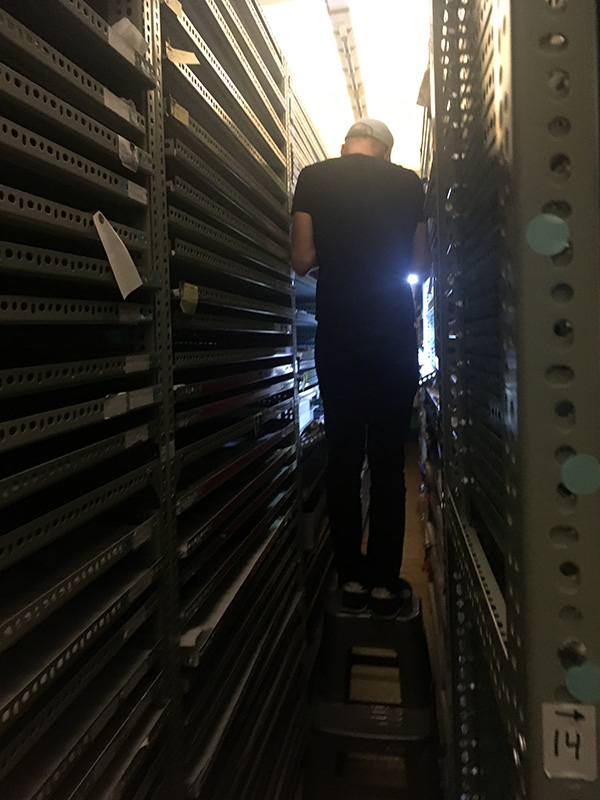This is a follow up to an entry we posted earlier. The title for this post is inspired by talking to Kim Siebert who co-authored this paper together with Rosie H.Cook, Kuo Chien-Fu and Ma Si-Yuan: “Performing Puppet Conservation: Concepts of Expertise and Significance in the Conservation of Chinese Glove Puppet Costumes.”
What inspired us to go back to the TaiYuan Asian Puppet Theatre Mueum and watch the “packing up of the puppets” several times was the performative aspect of documentation and packing up. With so many people “documenting” their life and work constantly, we wanted to think further about “seeing the documentation as a performance” vs. “seeing the documented results.”
eteam: The value of the collection can be put down in numbers. But how would you preserve or “put down” the richness of the collection?
Kim Siebert: For a conservator, we have to look in a multi-generational way. So we are always acknowledging that the current guardians, if you want to be romantic, are only part of the legacy. So you want to be fluid and you understand, that there will be different narratives, that is what you are preserving. So that’s why you really don’t want to change very much. And if you do make an imprint, with a treatment for example, you need a very clear indication of what you have done. Because it will be reviewed. Effectively there will be losses as well as gains in any treatment. So you really need a very light hand, which is not a very fashionable idea, that your ethical profession is to make as little impact as possible. You are looking at a vast environment around the object, before you are interfering into the object. We know, lots of people are talking about restoration, for this kind of heritage that is used with great caution.
In a world where most people are trained to strive for making a bigger impact, Kim’s insight that your ethical profession is to “make as little impact as possible” struck us as very profound and inspirational.
